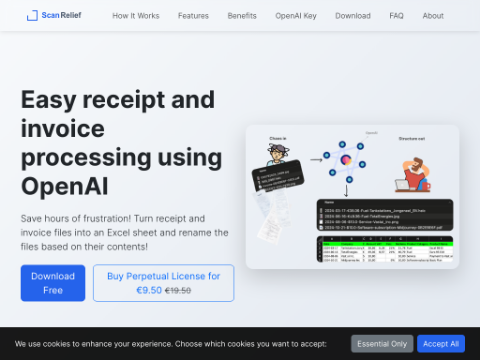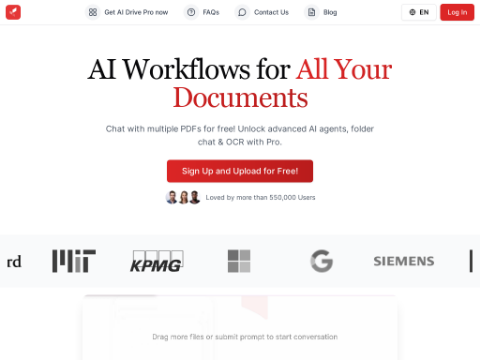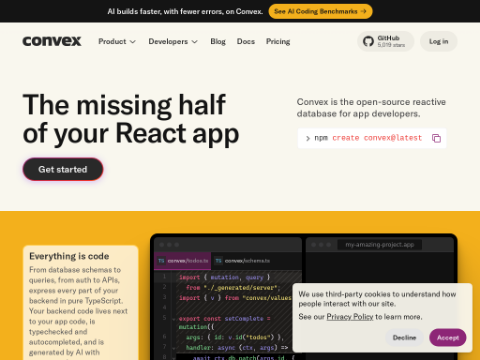On the ninth day of its "12 Days of Launches" event, OpenAI announced a series of significant updates for developers. The most notable update is the release of the inference model o1, which is now available via API to a select group of developers.
The initial group of developers who can access the o1 API are OpenAI's "Level 5" users, those who have spent at least $1,000 on the platform and have had their accounts for over 30 days. The o1 API replaces the previous o1-preview model and offers enhanced customization, including new features such as function calling, developer messages, and image analysis. Additionally, o1 introduces an API parameter called "reasoning_effort," allowing developers to control the amount of time the model spends thinking before responding.
Unlike most AI models, o1 and other inference models are capable of performing self-fact-checking, which helps avoid common errors. However, this comes with higher computational costs and longer processing times. Consequently, the pricing for o1 is relatively high, with a cost of $15 for analyzing approximately 750,000 words and $60 for generating about 750,000 words, which is six times the cost of the latest non-inference model, GPT-4o.
In addition to the o1 model, OpenAI also released new versions of the GPT-4o and GPT-4o mini models as part of its real-time API. These new models offer improved data efficiency and reliability, along with lower usage costs. The real-time API is still in the testing phase but has been enhanced with several new features, such as concurrent out-of-band responses and WebRTC support. The integration of WebRTC aims to ensure smooth and responsive interactions even under unstable network conditions.
OpenAI also introduced preference tuning for its fine-tuning API, a feature that teaches the model to distinguish between preferred and non-preferred answers by comparing paired responses. Furthermore, the company launched early access beta versions of official software development kits (SDKs) for Go and Java, providing more options for enterprise development teams.
Notably, the o1 model now includes visual capabilities, enabling it to process and reason with images. This addition opens up new possibilities for applications in fields such as scientific research, manufacturing, and programming.
OpenAI confirmed that the team is working on making the o1 pro model available via API. In ChatGPT, the Pro mode, which uses the o1 pro model, currently costs $200 per month for unlimited use. However, the API pricing for o1 pro has not yet been finalized.
Additionally, OpenAI introduced several small but impactful updates to improve the developer experience. For example, they simplified the process of obtaining API keys and made API changes to facilitate function calls and guardrails. They also published all 30 sessions from their 2024 Developer Day on YouTube.
These updates represent significant advancements in the practicality and accessibility of AI technology. For businesses, the improvements in performance, reduced costs, and simplified implementation may make this an ideal time to explore these new features.








